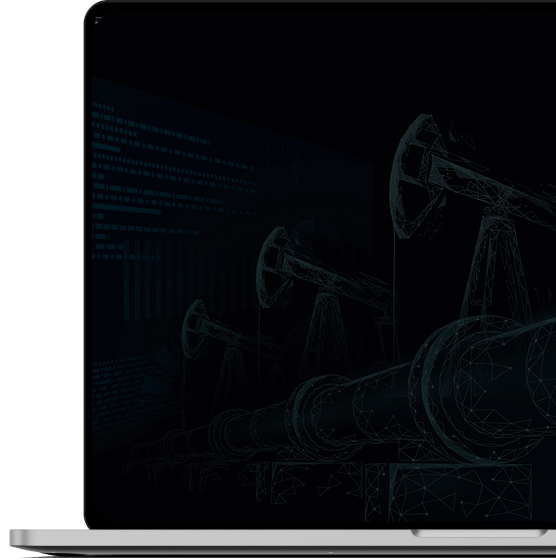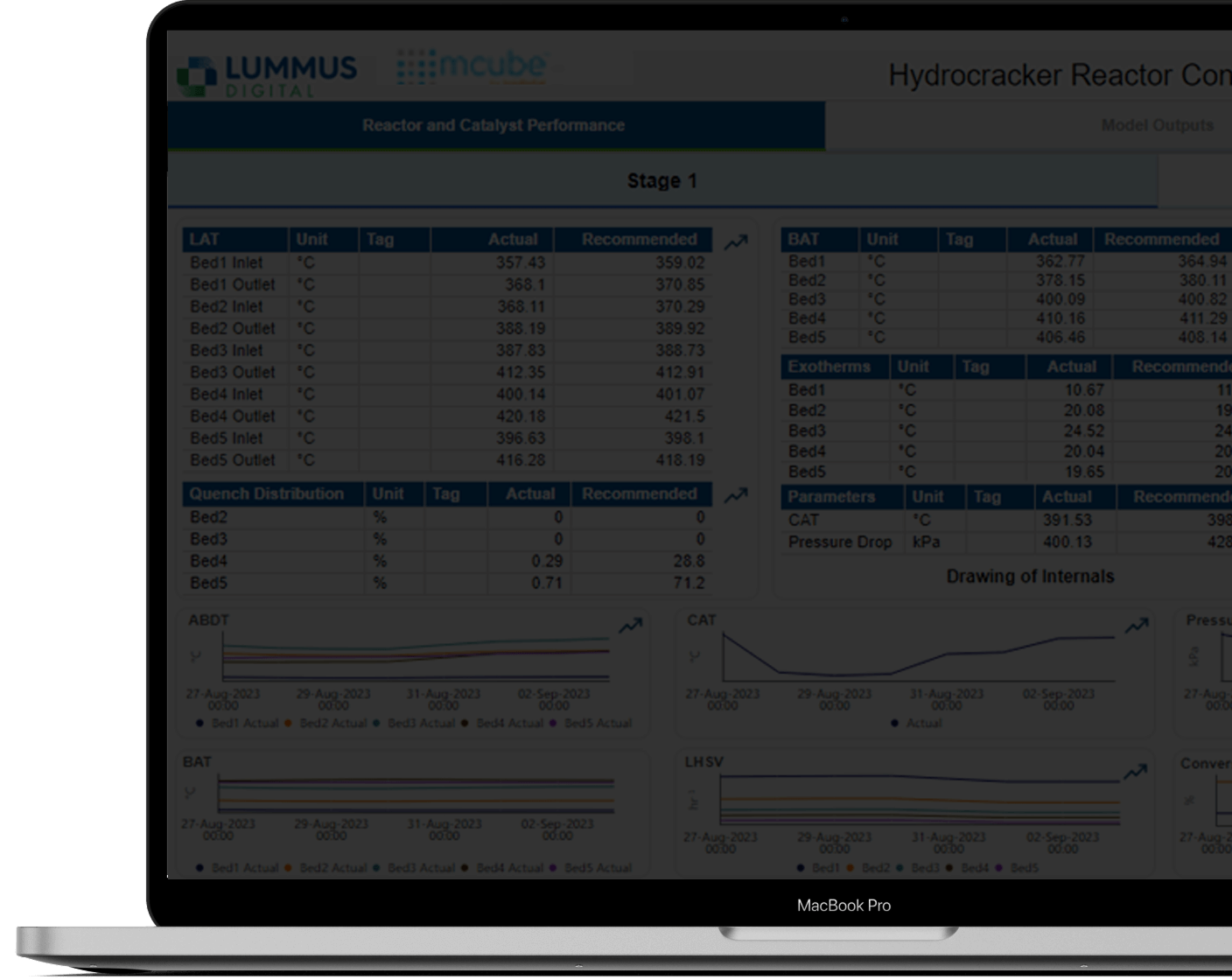- Company
- Products
Petrochemicals
Refining
Sustainability
- Napcon AI
- Our Platform
- Hybrid Process Modelling
- Resources
Hydrocracker Reactor
Conversion Optimization
Maximize Reactor Performance with Real-Time
AI Optimization.
Physics Meets AI: Hybrid Models for Optimization.
Our model begins by accurately predicting the maximum achievable conversion, leveraging Stage 1 feed quality properties such as distillation profile, sulfur content, nitrogen, and asphaltenes, as well as similar parameters from Stage 2 feed. This conversion target is then used by the optimizer to generate precise DCS operator setpoints—such as Heater COT, Reactor CAT, and H₂ flow—enabling operators to achieve optimal conversion efficiently and reliably.
Watch Demo

HCU Reactor Performance Optimizer
1%
Increase in Overall Reactor Conversion
50%
Faster Response to Potential Anomalies
Hybrid Model
Our model initiates by accurately predicting the maximum possible conversion, leveraging the Stage 1 Feed Quality properties of Distillation, Sulphur Content, Nitrogen, asphaltenes and Stage 2 feed properties along the similar parameters. This conversion target is then used by the optimizer to generate precise DCS operator set points—such as Heater COT, Reactor CAT, and H2 flow—guiding operators to achieve the optimal conversion efficiently and reliably.

Transform your Challenges into Opportunities
The Hydrocracker Reactor Conversion Optimization Model aims to achieve maximum conversion by utilizing DCS and Feed Quality data in real time. The AI/ML platform delivers essential DCS setpoints and recommendations for plant operators and process engineers, enabling consistent achievement of target conversion rates.
Experience increased conversion, real-time predictions of downstream feed and product quality parameters, and optimized hydrogen consumption—transforming your operations for greater efficiency and profitability.
Pain Point
Unclear Potential Conversion
Benefit
Dynamic Target Conversion: Instantly adjusts to feed quality changes.
Pain Point
Inability to Boost Reactor Performance Without Vacuum Tower Fouling
Benefit
Optimized Reactor Efficiency: Utilize our Conversion and SHFT model to boost conversion while minimizing vacuum tower fouling.
Pain Point
Insufficient Stage 2 Feed and Product Quality values
Benefit
Pain Point
High Hydrogen Consumption
Benefit
Reduced Excess H2: Lower H₂ consumption during operations.
Performance Deviation Prediction
Utilizes Stage 1 and Stage 2 Feed LIMS data to predict the quality parameters of both Stage 1 and Stage 2 products.
Key Parameter Monitoring
- Fixed Conversion
- Maximum Conversion
Process and Efficiency Trends
Using Stage 1 and Stage 2 Feed Quality data, the model calculates the potential conversion achievable for the given feed quality.
Operational Benchmarking
The model runs and publishes recommended values for operator-controlled setpoints required to achieve maximum possible conversion.
Actionable Insights for Improvement
A comparison plot of Current Operation vs. Recommended Operation is displayed on the dashboard.




